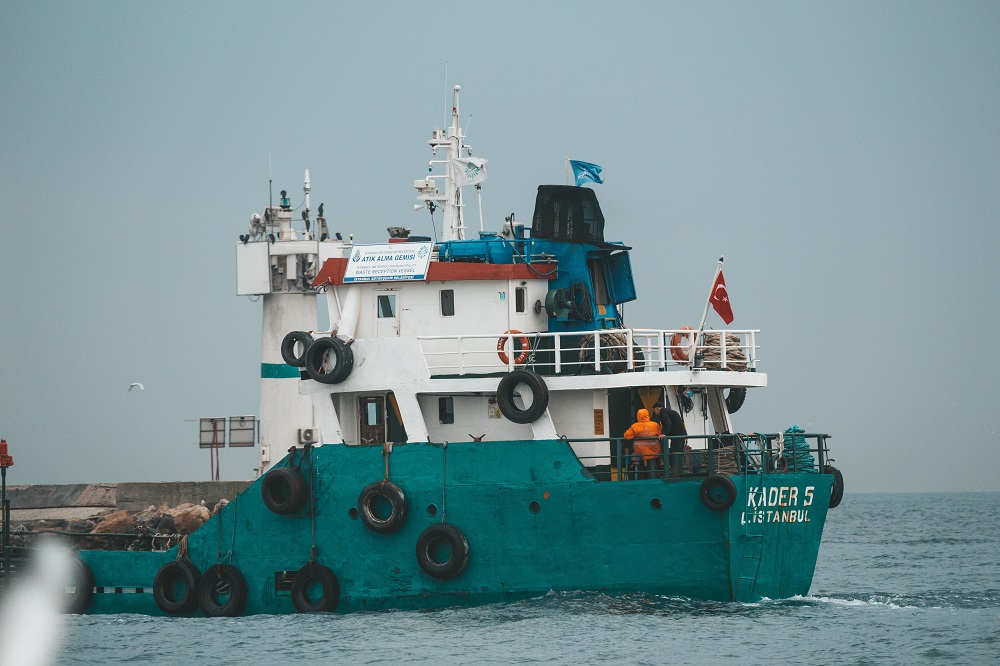Email: info@xpressrailsdelivery.com

International trade has become a cornerstone of economic growth. As businesses strive to reach new markets, the intricacies of customs clearance play a pivotal role in ensuring the seamless flow of goods across borders. This comprehensive guide aims to demystify the process of customs clearance, offering valuable insights for businesses and individuals involved in international shipping.
Understanding Customs Clearance:
Customs clearance is the process through which goods are authorized to enter or leave a country. This involves compliance with a myriad of regulations and documentation requirements set by the customs authorities of the importing and exporting nations. The goal is to facilitate the smooth movement of goods while ensuring adherence to legal and safety standards.
Key Components of Customs Clearance:
Proper documentation is the backbone of customs clearance. Accurate and complete paperwork is essential for customs officials to assess the nature, value, and origin of the goods. A missing or incorrect document can lead to delays and, in some cases, seizure of the goods.
2. Tariff Classification:
Goods are classified under specific tariff codes to determine the applicable customs duties and taxes. The Harmonized System (HS) is a globally recognized nomenclature that standardizes the classification of products. A thorough understanding of these codes is crucial for accurate customs clearance and cost estimation.
Customs duties and taxes vary from country to country and are based on factors such as the nature of the goods, their value, and origin. Calculating these costs accurately is vital for budgeting and pricing strategies.
Navigating the Customs Clearance Process:
Enlisting the services of a customs broker can significantly simplify the clearance process. These professionals possess in-depth knowledge of customs regulations and can navigate the complex paperwork on behalf of the shipper, ensuring compliance with all requirements.
Thorough pre-shipment planning is crucial for a smooth customs clearance process. Understanding the regulations of the destination country and adhering to packaging and labeling requirements can prevent delays and reduce the risk of goods being held at customs.
Many countries have adopted Electronic Data Interchange (EDI) systems, allowing for paperless communication between businesses and customs authorities. This digital exchange of information expedites the clearance process, reducing the likelihood of errors associated with manual data entry.
Common Challenges and Solutions:
Customs authorities may conduct random inspections to verify the accuracy of declared information. Providing thorough and accurate documentation can minimize the chances of goods being selected for inspection, ensuring a faster clearance process.
Delays and detentions can occur due to discrepancies in documentation or unforeseen issues. Proactively addressing any concerns raised by customs authorities and maintaining open communication can help resolve issues promptly, preventing prolonged delays.
In the realm of international shipping, customs clearance is a critical step that demands attention to detail and adherence to regulations. Businesses and individuals engaged in cross-border trade must navigate a complex landscape of paperwork, tariffs, and inspections to ensure the timely and cost-effective movement of goods. By understanding the key components of customs clearance, engaging experienced customs brokers, and embracing technological solutions, stakeholders can streamline the process and unlock the full potential of global trade.
© 2025 Rails Express. All rights reserved.
Code of Conduct | Return Policy | Privacy Policy | Terms of Service